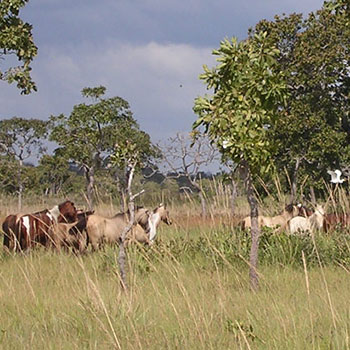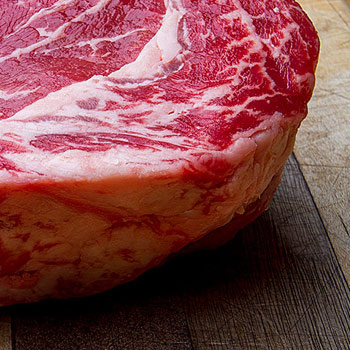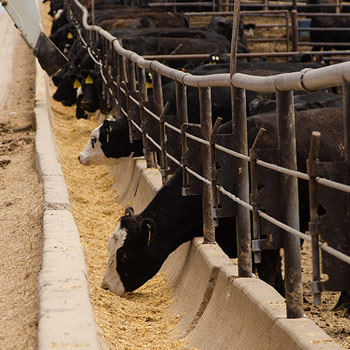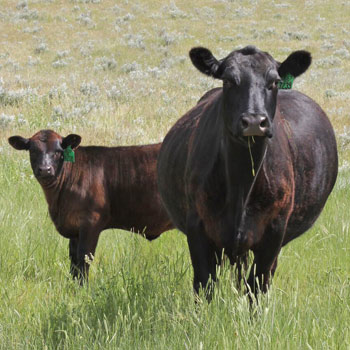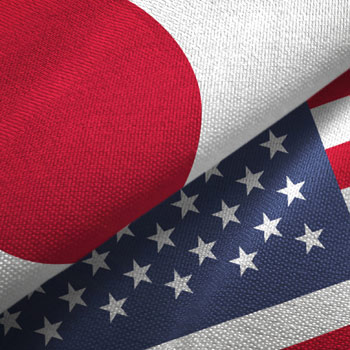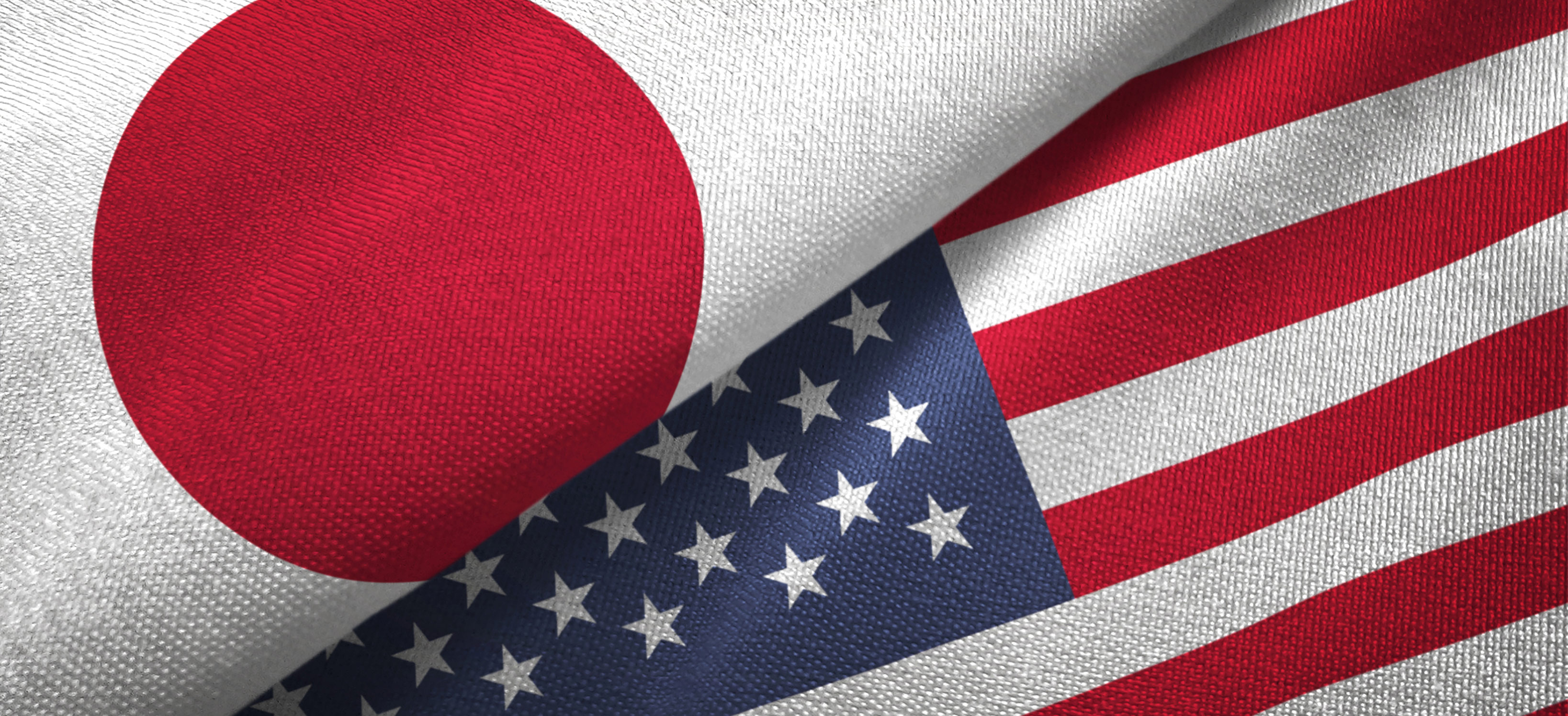
U.S.-Japan Trade Agreement
Bilateral agreement signed Sept. 25, reduces tariffs on trade between two countries.
The U.S.-Japan Trade Agreement will provide America’s farmers and ranchers enhanced market access in the United States' third-largest agricultural export market. When implemented, this agreement will enable American producers to compete more effectively with countries that currently have preferential tariffs in the Japanese market. The deal will provide U.S. farmers, ranchers and agribusinesses with market access for high-quality U.S. food and agricultural products to 127 million Japanese consumers.
In the U.S.-Japan Trade Agreement, Japan has committed to provide substantial market access to American food and agricultural products by eliminating tariffs, enacting meaningful tariff reductions, or allowing a specific quantity of imports at a low duty (generally zero). Importantly, the tariff treatment for the products covered in this agreement will match the tariffs that Japan provides preferentially to countries in the Comprehensive and Progressive Agreement for Trans-Pacific Partnership (CP-TPP).
Key elements: U.S. ag exports to Japan
Out of the $14.1 billion in U.S. food and agricultural products imported by Japan in 2018, $5.2 billion were already duty-free. Under this first-stage initial tariff agreement, Japan will eliminate or reduce tariffs on an additional $7.2 billion of U.S. food and agricultural products.
Tariff reduction: For products valued at $2.9 billion, Japan will reduce tariffs in stages. Among the products benefiting from this enhanced access will be:
- fresh beef;
- frozen beef;
- fresh pork; and
- frozen pork.
Tariff elimination: Tariffs will be eliminated immediately on more than $1.3 billion of U.S. farm products, including, for example:
- almonds;
- blueberries;
- cranberries;
- walnuts;
- sweet corn;
- grain sorghum;
- food supplements;
- broccoli; and
- prunes.
Other products valued at $3.0 billion will benefit from staged tariff elimination. This group of products includes, for example:
- wine;
- cheese and whey;
- ethanol;
- frozen poultry;
- processed pork;
- fresh cherries;
- beef offal;
- frozen potatoes;
- oranges;
- egg products; and
- tomato paste.
Country Specific Quotas: For some products, preferential market access will be provided through the creation of Country Specific Quotas (CSQs), which provide access for a specified quantity of imports from the United States at a preferential tariff rate, generally zero. CSQ access will cover:
- wheat;
- wheat products;
- malt;
- glucose;
- fructose;
- corn starch;
- potato starch; and
- inulin.
Markup: Exports to Japan of wheat and barley will benefit from a reduction to Japan’s “markup” on those products. Japan’s imports of U.S. wheat and barley were valued at more than $800 million in 2018.
Safeguards: This agreement provides for the limited use of safeguards by Japan for surges in imports of beef, pork, whey, oranges and race horses, which will be phased out over time.
Key elements: Japan ag exports to the United States
The United States will provide tariff elimination or reduction on 42 tariff lines for agricultural imports from Japan valued at $40 million in 2018. Products include:
- certain perennial plants and cut flowers;
- persimmons;
- green tea;
- chewing gum;
- certain confectionery products; and
- soy sauce.
The United States has also agreed to modify its global World Trade Organization (WTO) tariff rate quota for imports of Japanese beef, enabling Japanese beef producers to compete for a larger share of the global tariff rate quota (TRQ) quantity.
“This agreement between the United States and Japan is a better deal for the entire U.S. economy, but is a particularly big win for our farmers and ranchers,” said U.S. Secretary of Agriculture Sonny Perdue. “When I visited Japan in May for the G20, I made it clear that the U.S. is Japan’s best customer and we felt that relationship was not reciprocal. This agreement helps level the playing field.”
Industry reactions
National Cattlemen’s Beef Association (NCBA) President Jennifer Houston attended a White House ceremony in honor of the bilateral trade agreement between the United States and Japan that will lower Japan’s massive tariffs on U.S. beef.
“As the top market for U.S. beef exports, Japan accounts for one-quarter of our exports and roughly $2 billion in annual sales. As a beef producer, I understand the value of exports to my bottom line, and President Trump understands that increased access to foreign markets like Japan is the economic stimulus we need," she said. "Because of [these] efforts, future generations of American ranching families will benefit from trade with Japan.”
Houston hailed the announcement as an important step forward for the U.S. beef industry: “For the past few years, U.S. beef producers have benefited greatly from growing demand for U.S. beef in Japan. While Japanese consumers enjoy high-quality U.S. beef, they unfortunately pay a higher price for U.S. beef due to the massive 38.5% tariff. Removing that tariff allows more Japanese consumers to enjoy more U.S. beef at a more competitive price.”
In 2018, Japanese consumers purchased $2.07 billion of U.S. beef. Currently, U.S. beef faces a 38.5% tariff in Japan, while Australia, Canada, Mexico and New Zealand face a 26.6% tariff.
National Corn Growers Association (NCGA) President Kevin Ross said the agreement secures the second-largest export market for corn farmers. Japan is the No. 2 buyer of U.S. corn, purchasing more than $2 billion in the most recent marketing year. This is a high-value market for our livestock industry; therefore, it is also a major purchaser of U.S. corn through exported meats.
U.S. Meat Export Federation (USMEF) President and CEO Dan Halstrom added that Japan is the largest value destination for U.S. pork and beef exports (combined export value in 2018 was $3.7 billion), so there is no market more critical to the profitability and prosperity of the U.S. red meat industry.
Editor’s note: This article is compiled from releases from USDA, NCBA, NCGA and USMEF.




